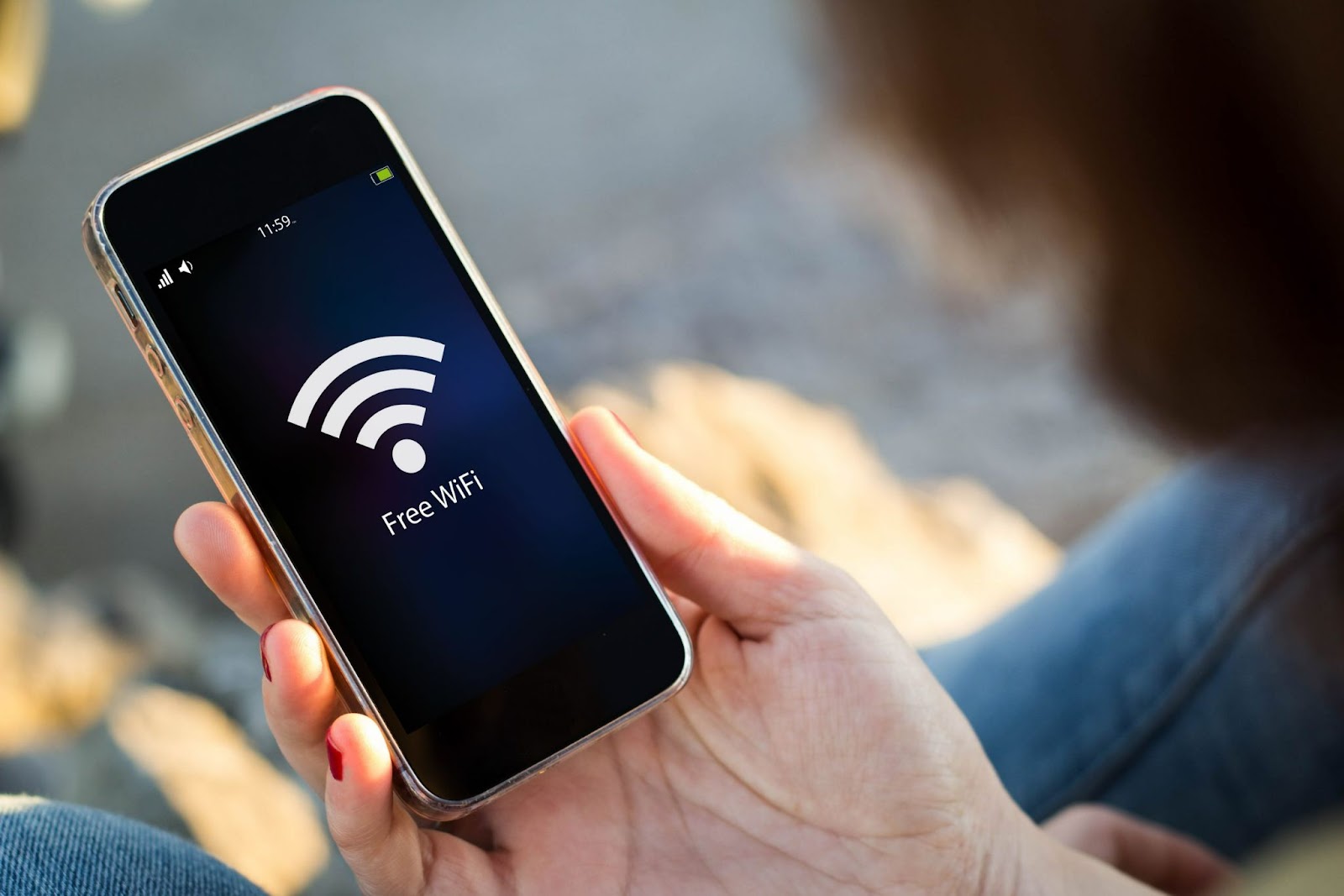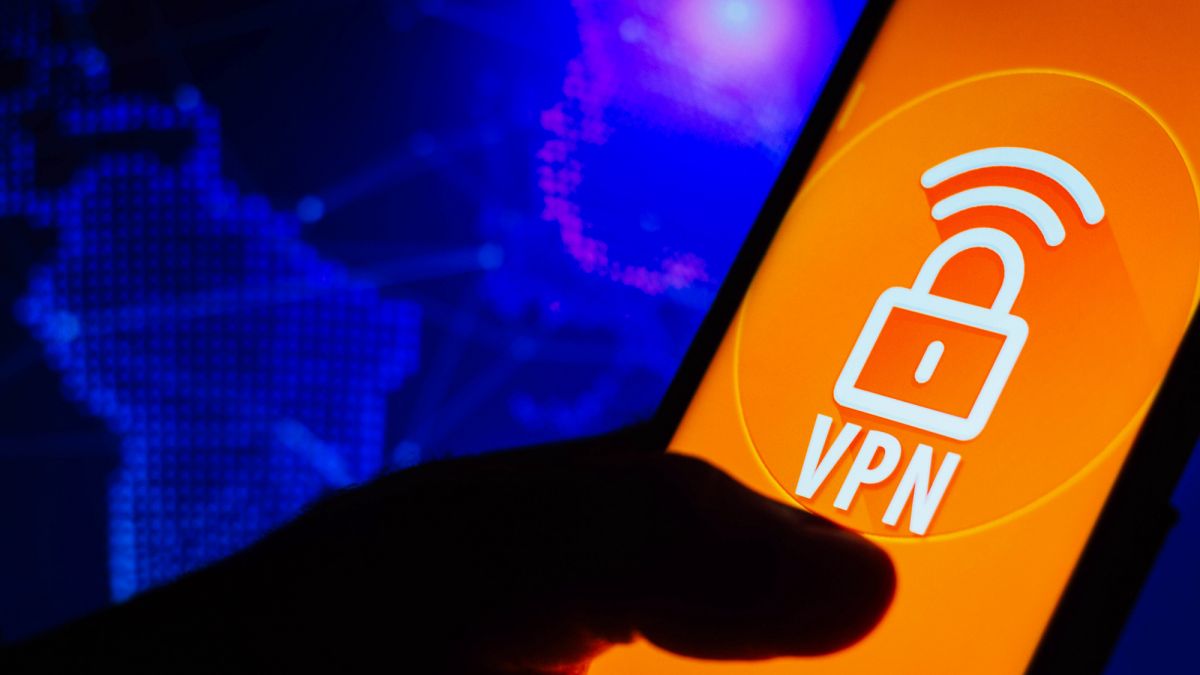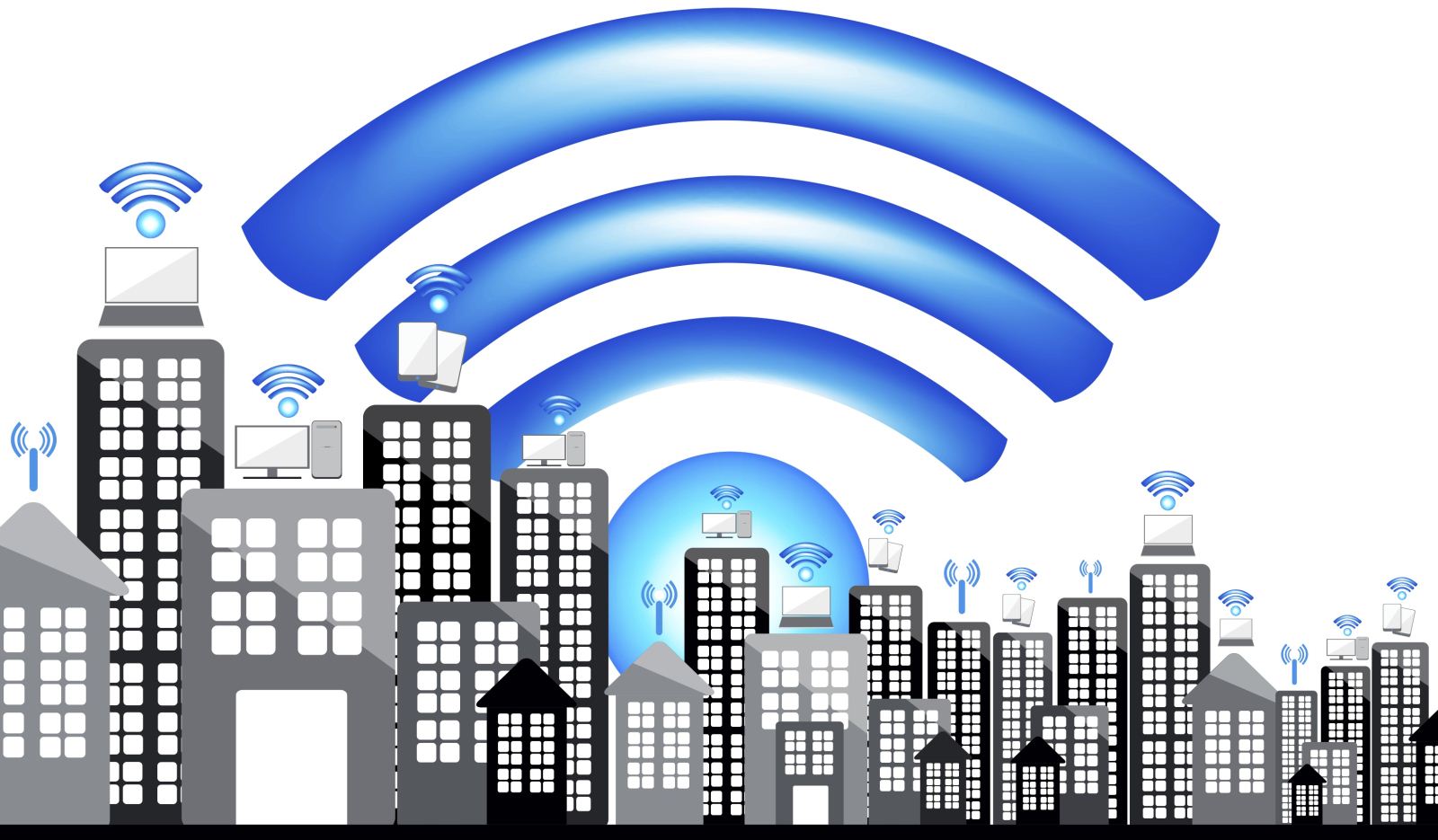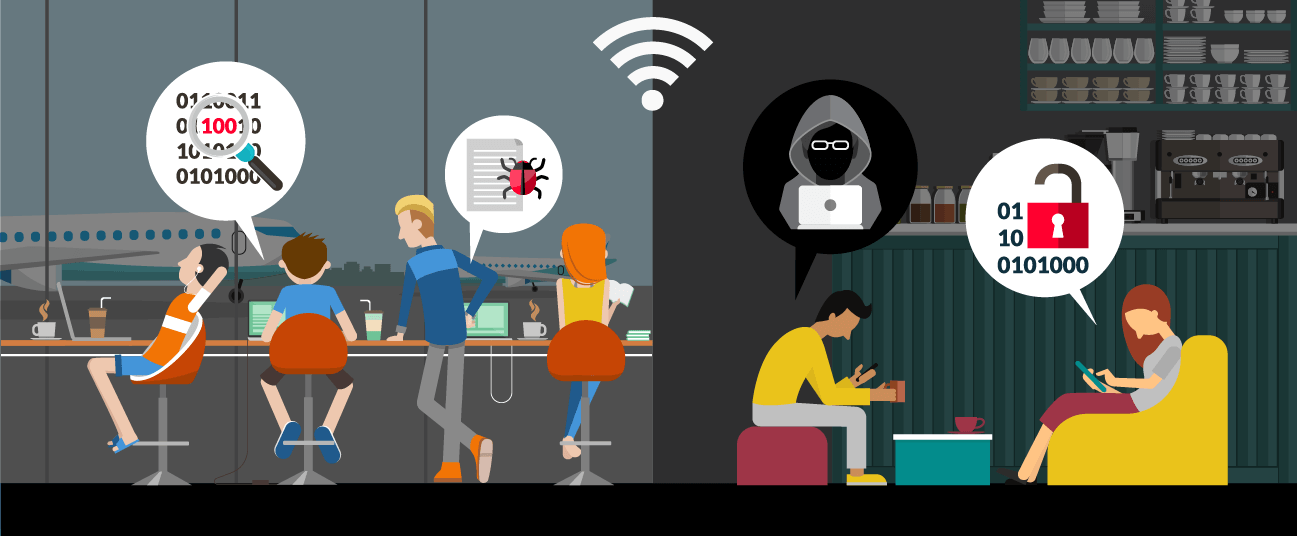With the advancement of technology, it has become possible to stay online anywhere and anytime. At first glance, this is convenient. Especially when you urgently need to pay for a service, transfer money, or just send a message. All of this is possible even without a mobile internet connection by using public Wi-Fi, which is available almost everywhere.
However, open wireless networks are often used by attackers to obtain confidential information. Connecting to an unknown and unsecured access point can end with attackers gaining access to accounts, devices, and bank cards.
Public Wi-Fi as a Tool for Scammers
The lack of reliable protection allows fraudsters to access transmitted information. One of the main targets is the theft of bank card data. The main problem is that public Wi-Fi poses a danger even with short-term use.

Most such networks are either unencrypted or use outdated security protocols. This creates ideal conditions for criminals, especially in places with a large number of users — airports, cafes, hotels. Risks increase significantly if the user enters bank card information on the device, visits personal accounts, or uses services without a secure connection.
How Exactly Bank Data is Stolen
Attackers use several methods to intercept data. One of the most common methods is interception in the network stream. This method allows access to everything that passes through the connected device. As a result, passwords, card numbers, and any other confidential information are leaked.
Fake access points also pose a separate threat. Criminals create networks with names similar to official ones. After connecting, the user doesn't know they are under the control of fraudsters. Transmitted information can be instantly duplicated, analyzed, and even altered.

Content substitution of websites creates an additional risk. When connecting via public Wi-Fi, automatic redirection to pages that look similar to real ones is possible. The victim enters logins and passwords, which go to third-party servers. Sometimes after connecting to a malicious access point, the user receives malicious software on the device that continues to collect data even after disconnecting from the network.
Protection When Connecting in Public Places
Reliable financial protection is possible by following a number of rules. They do not require special knowledge but allow you to maintain control over personal information. Before connecting, it is necessary to ensure that the network belongs to the official owner. Information about the network name and connection methods is usually posted in premises and on the websites of institutions.

It is also not recommended to enter logins and passwords in banking applications, make purchases, or fill out forms related to personal information. If necessary, it is better to temporarily switch to mobile internet. To enhance internet security, there are basic measures:
- check for HTTPS encryption before logging in to websites;
- regularly update the operating system and antivirus software;
- use VPN services to encrypt traffic;
- disable automatic Wi-Fi connection on the device;
- avoid accessing confidential information when using open internet.
Following these measures significantly complicates the work of scammers. Even in the event of an attempted hack or connection substitution, encrypted traffic and the absence of logins make the attack useless. However, it is important to remember that even with all precautions, it is still necessary to remain vigilant. Any notifications of logins from new devices, password changes, or attempts at financial transactions require immediate verification.
Why Open Networks Remain a Convenient Target
Users rarely think about the risks associated with security, especially if the internet connection seems official and doesn't arouse suspicion. Even with basic authentication, most public networks do not use modern protection mechanisms. Outdated encryption protocols, lack of traffic filtering, and monitoring of connected devices — all of this provides wide opportunities for fraudsters.

Along with this, devices themselves remain vulnerable. Without updates, disabled protection, and constant auto-connect to the nearest Wi-Fi, smartphones and laptops become easy targets. The issue of financial protection in the digital environment requires constant attention and technical awareness.
 >
>